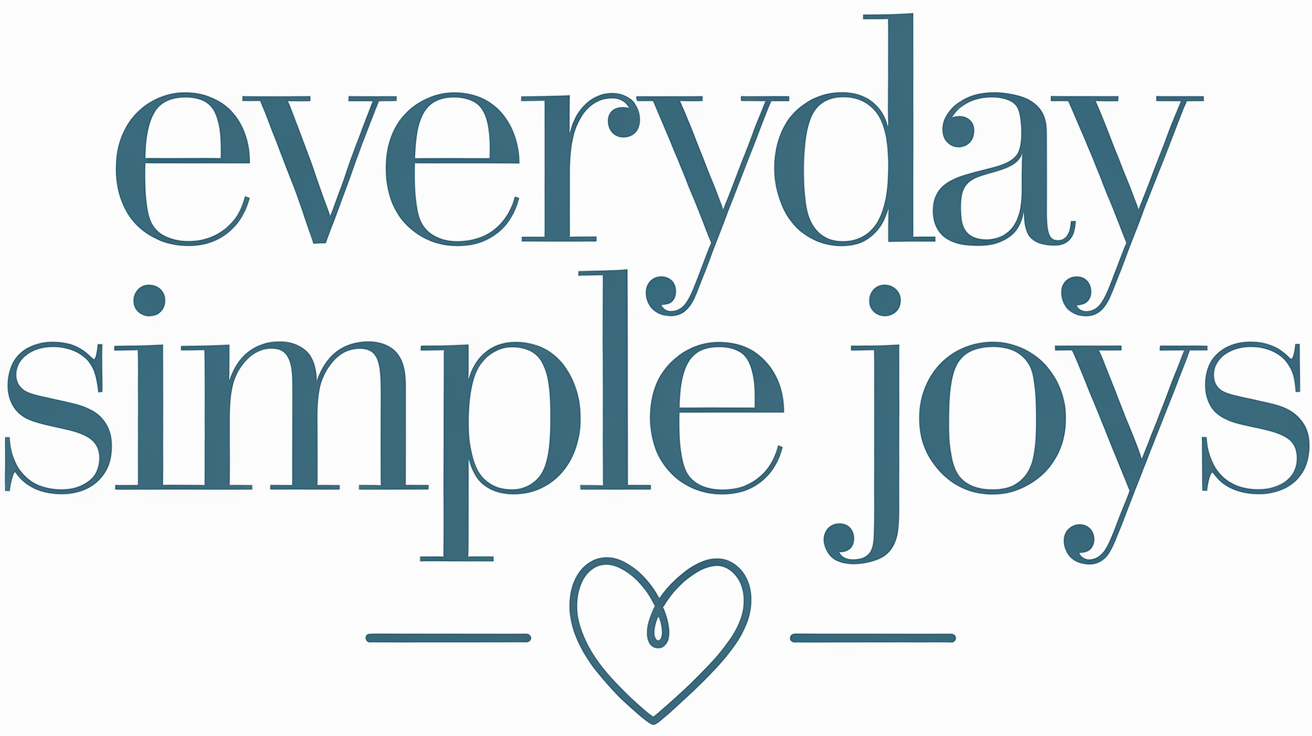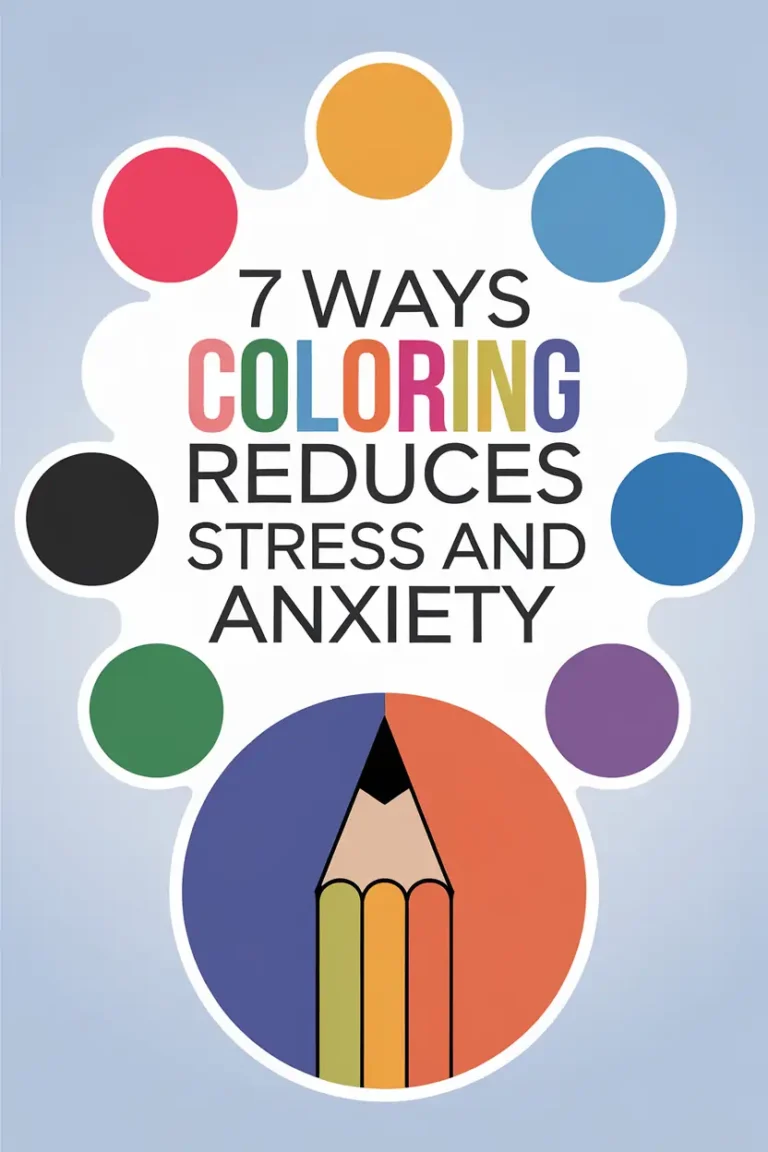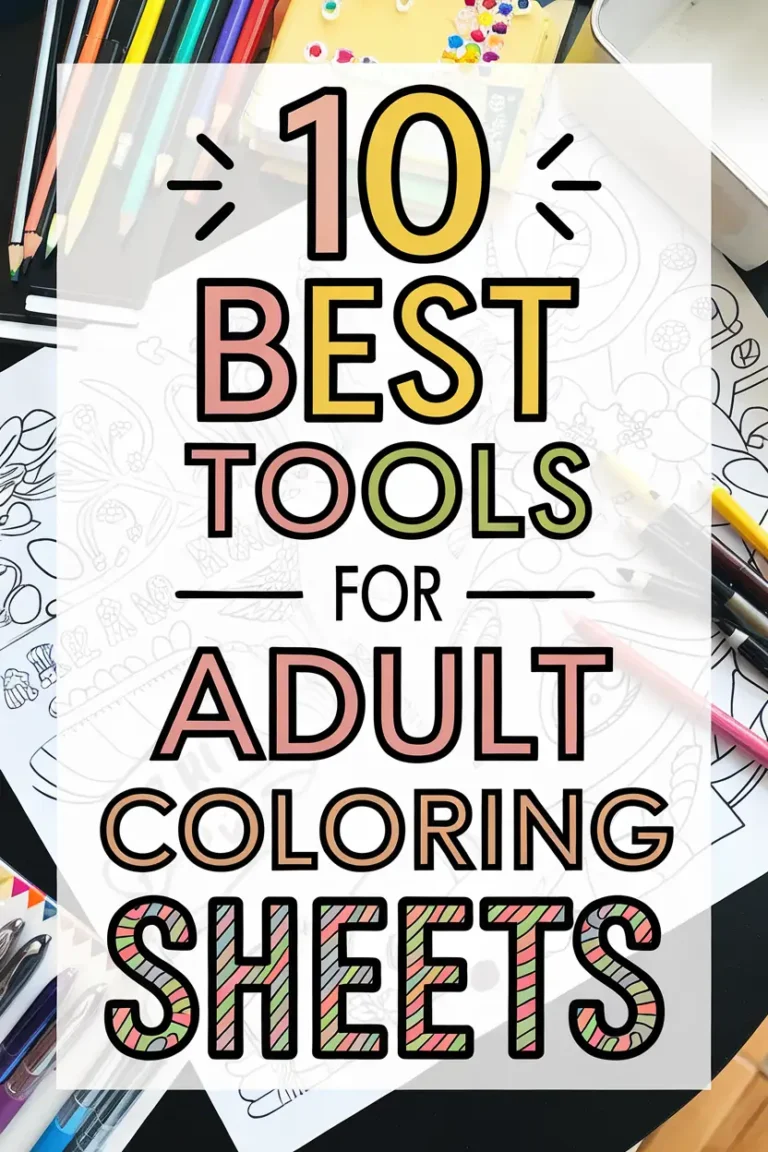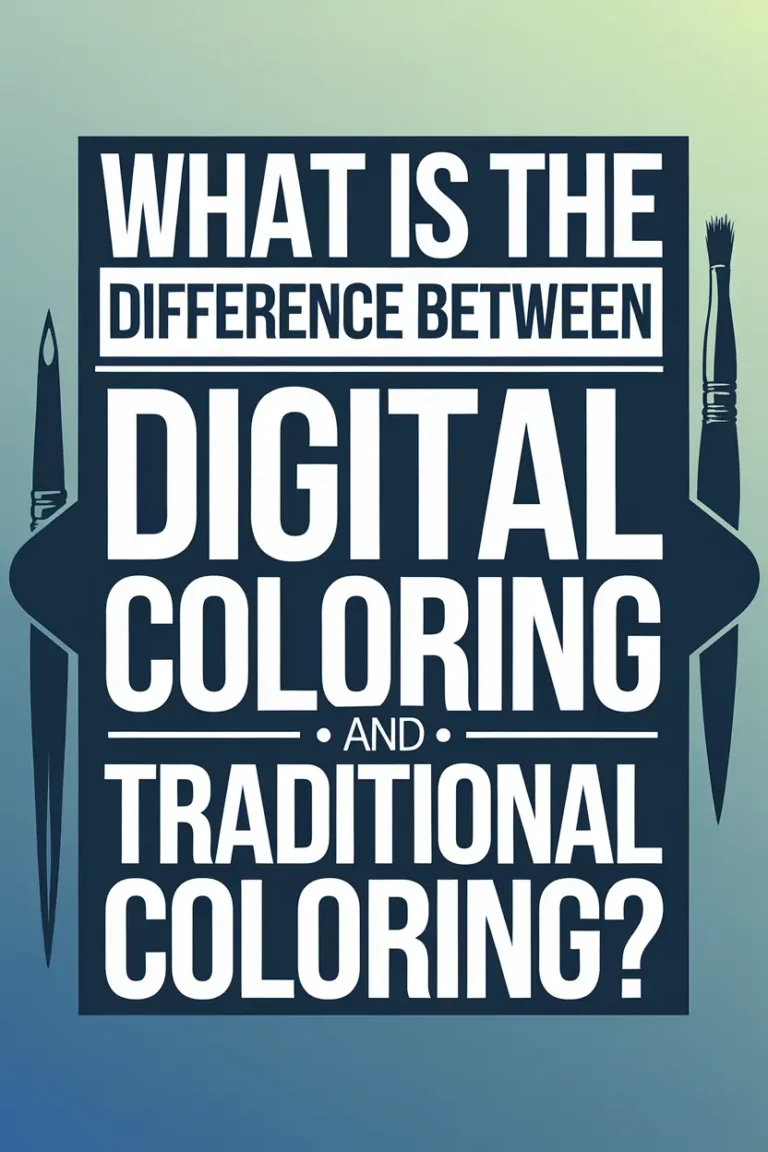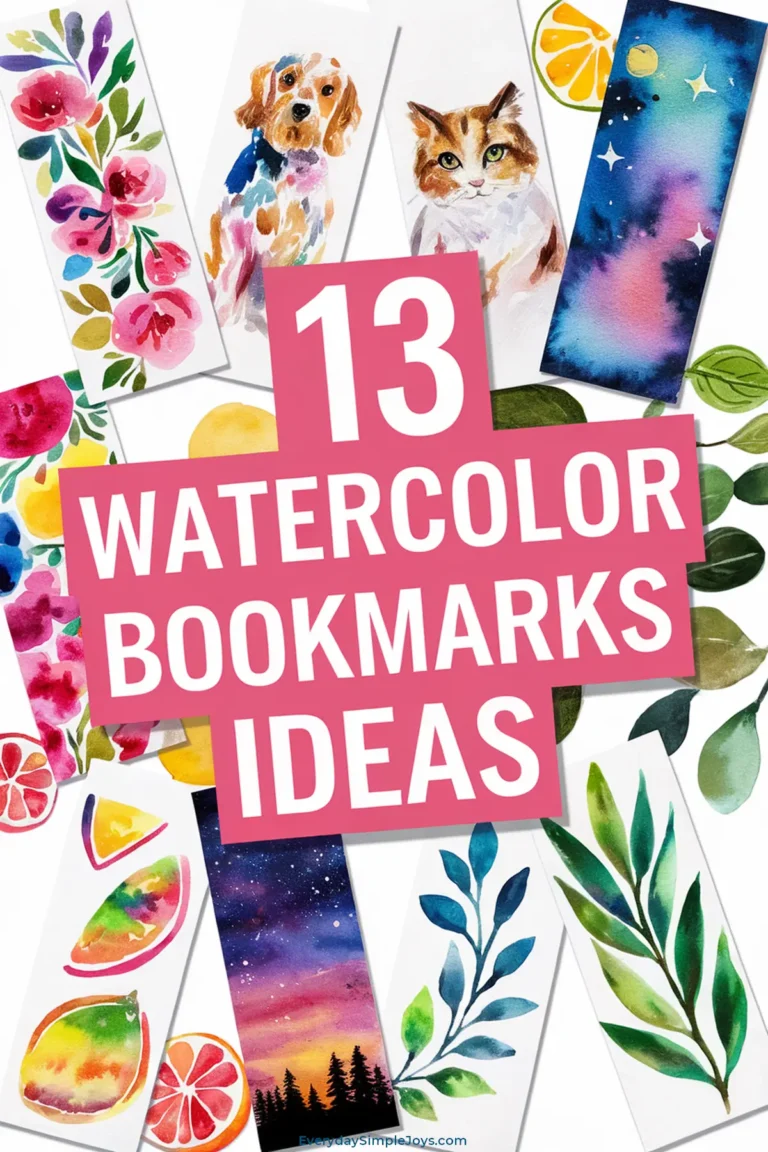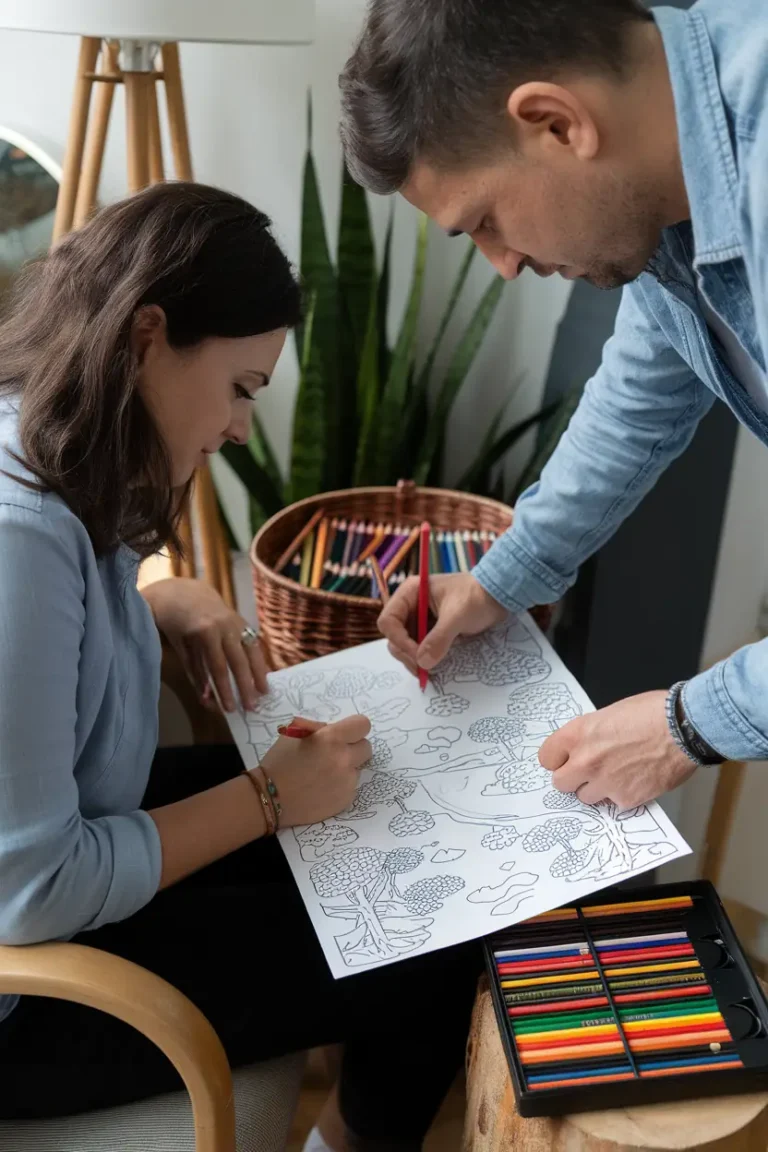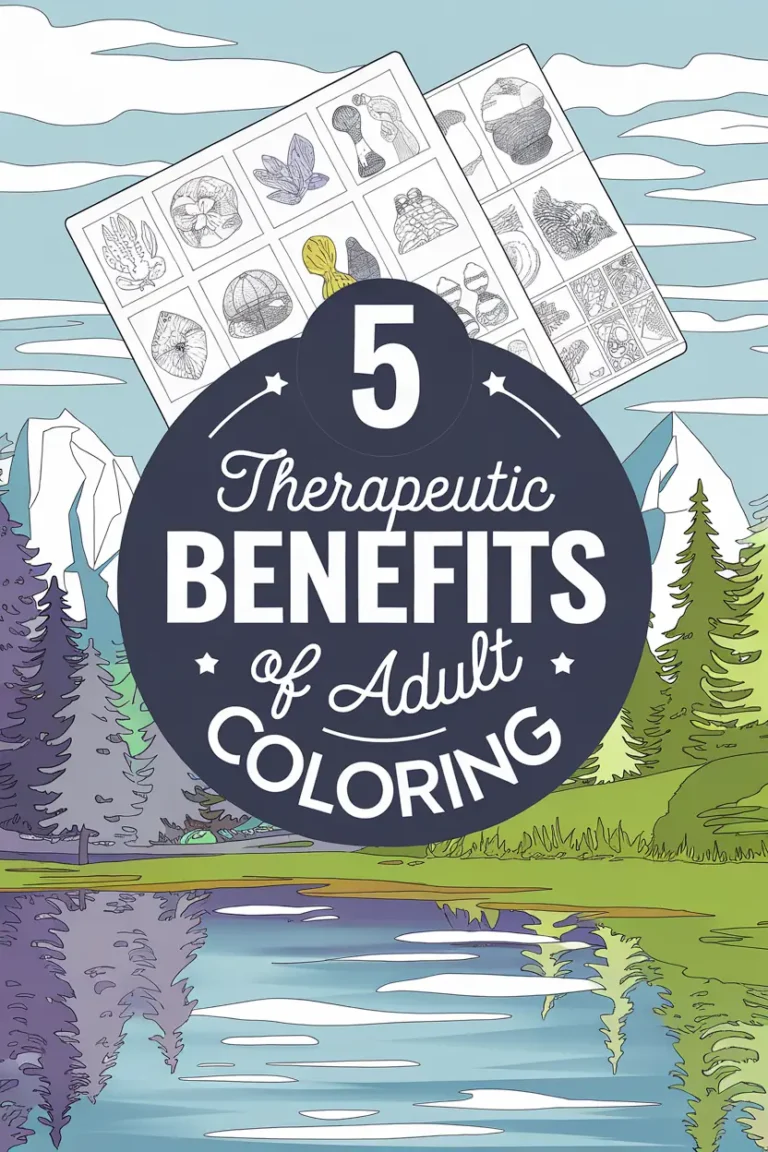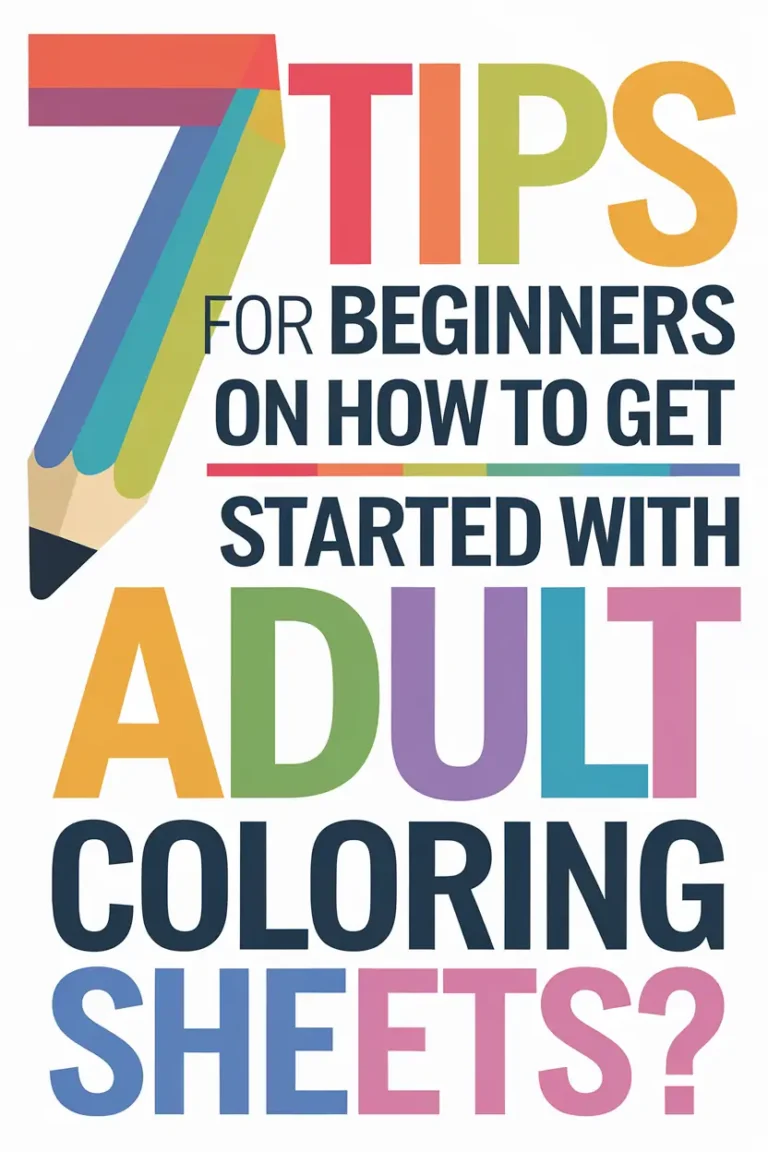As a kid, your parents probably got you a coloring book to unlock your creativity or to get you occupied. Now that you’re an adult, maybe you still enjoy coloring as a soothing pastime activity. Perhaps you won’t be that surprised to learn scientists have linked adult coloring to reduced stress and anxiety.
Adult coloring books became mainstream in 2015, around the same time coloring therapy was being touted as a self-care and relaxation technique. Fast forward, several research findings have shown that structured coloring of relatively complex geometric patterns can induce a meditative state, which is beneficial for folks suffering from stress and anxiety.
But how does coloring mandalas – specifically, coloring therapy – help deal with stress and anxiety?
A Background on Stress and Anxiety
Anxiety disorders are a prevalent mental health concern in the present society. In the United States, for example, an estimated 31.1% of adults aged 18 or older experience some type of anxiety disorder in their lives. That’s according to the diagnostic interview data by the National Institute of Mental Health (NIMH), covering a variety of anxiety disorders, including:
- Social anxiety
- Separation anxiety
- Agoraphobia
- PTSD
- Obsessive-compulsive disorder
- Generalized anxiety disorder (GAD)
The primary causes of stress and anxiety include trauma, grief, conflict, and unhealthy coping mechanisms. The prevalence of both conditions is often underestimated, given the flawed nature of statistics that miss out on those who’ve been misdiagnosed, and those who’re yet to realize they’ve a problem.
Coloring Therapy, Stress, and Anxiety Reduction
The most common professional treatment approaches for anxiety include meditation, talk therapy, cognitive behavioral therapy, or a combination of the three. However, reports from NIMH indicate that only 43% of diagnosed cases receive clinical treatment.
Presumably, individuals suffering from day-to-day stress opt for alternative coping techniques beyond costly healthcare. These include holistic approaches such as:
- Yoga
- Meditation
- Exercise
- Supplements
However, recent studies have linked adult coloring to mental health self-care, including better stress and anxiety management. Adult coloring books, advertised as “art therapy for adults,” hit commercial shelves in 2015 and have become something of a trend in recent years.
So, whether you color books for fun or to relax your mind, there’s no reason not to try it. Art therapy has been used in psychotherapy for years, but here’s how the creative activity of coloring can help you manage stress and anxiety at home.
1. A Form of Mental Distraction
Ever feel like your mind needs a break from everything that’s going on? Perhaps grabbing a coloring book might be a welcome distraction for you. Ending your day by coloring a page for 10 – 20 minutes can relieve stress as your mind gradually shifts from things that may have caused you trouble in the day.
2. Lowers Your Heart Rate
The last thing that comes to mind when you’re anxious is to engage in heavy tasks. Coloring isn’t exactly a pulsating activity. Research shows that coloring for 20 minutes or more will lower your heart rate and diminish feelings of stress and anxiety.
Other studies have shown that coloring more intricate designs such as mandalas or artwork can reduce anxiety in adults. Besides, it’s an activity that will check on other aspects that affect anxiety, including:
- Mood
- Stress
- Mindfulness
3. May Promote Mindfulness
Mindfulness is the ability to ignore stressors and pay attention to what’s happening in the present moment. As you focus on the intricate designs and appropriate color schemes, you’ll likely evade wandering thoughts and focus on the present moment.
As a result, you’ll get better at shutting out external noise, distractions, movements, and sensations. You’ll, therefore, be mindfully present to experience the sensation of coloring while disconnected from stressful thoughts. Mindfulness-based therapy alleviates stress and anxiety by:
- Improving cognitive ability
- Increasing self-compassion
- Boosting overall contentment with life (and its quality)
4. Promotes Sleep
While coloring therapy isn’t the ultimate cure for long-term mental health symptoms like depression, it can do wonders for those day-to-day stressors you can sleep off. For starters, you’ll have to sit down, relax, and unwind, which is ideal for your sleep cycle.
That in itself holds great value because it will calm your brain, decrease body aches, normalize heart rate, lower fatigue, and, ultimately improve sleep. Besides, coloring is non-competitive, so you won’t have the pressure to level up. That means you’ll color steadily in a relaxed manner, and finish if and when you want.
5. It’s a Form of Brain Workout
For many people, stress or anxiety is their Achilles heel that leads to lower productivity, whether at home or in a workplace setting. Coloring complex shapes will leverage your creativity, focus, attention, problem-solving, and organizational skills.
Furthermore, creating art activates the flow state in your brain, which puts both the left and right hemispheres on task. Partaking in such an intense brain workout means you’re less likely to worry or get caught up in negative self-reflection. Your brain’s flow state will consequently improve your motivation and performance at tasks.
6. Induces Meditative State
Despite being fundamentally different from professional art therapy, coloring has been touted to be therapeutic for some people. Typically, you won’t be multitasking when you sit down to color. Many studies have concluded that coloring intricate patterns can put your mind in a meditative state.
Your mind enters a meditative state as soon as you focus solely on the single action of coloring. The result is your mind stops focusing on future, present, and past worries and suspends your inner dialogue. This alienates you from negative emotions that could be the source of your stress or anxiety.
7. Could Help You Process Your Emotions
People’s psyche is built differently. Some cope with their negative emotions through poetry or exercise, while others process painful feelings via dance or solitude. None of the above suggestions work for you? Worry not, because it turns out coloring may have a similar effect.
Many people articulate their emotions or express their inner selves by creating artwork. Coloring, whether freehand or in a book, can help you process negative emotions and heal from them. That’s pretty much welcome particularly if you’re suffering from stress, because you’ll get rid of painful feelings instead of bottling them up.
Final Thoughts
Coloring therapy may differ from art therapy under a trained professional, but it’s becoming increasingly popular. While not necessarily a cure for mental health issues like depression, anecdotal evidence points to its ability to reduce stress and anxiety. So, next time you want to take your mind off of a problem, grab a coloring book and give it a try.
